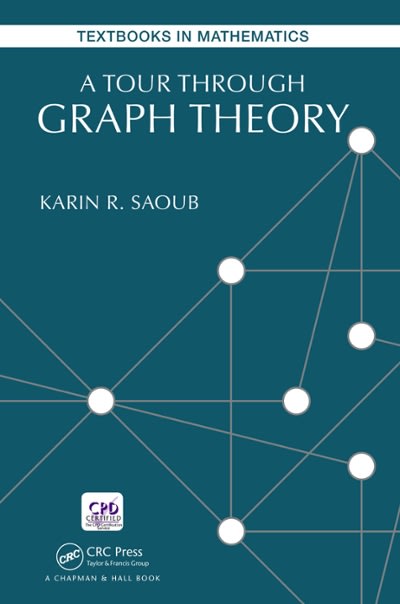Question
Sex (M - male, F - female) Income group (A -under $30K, B - $30K-$60K, C - $60K-$85K, D - over $85K) Highest education level
- Sex (M - male, F - female)
- Income group (A -under $30K, B - $30K-$60K, C - $60K-$85K, D - over $85K)
- Highest education level (
- Age group (18-24, 35-49, 50+)
- Do you own stocks? (Y- yes, N - no)
- Opinion on economy (PESS - pessimistic, NEUT - neutral, OPT - optimistic)
- Better off? Are you economically better off than you were 5 years ago (Y - yes, N - no)
Q1) Conduct a Chi-squared test of equal proportions to determine whether the proportion of people who consider themselves better off than they were 5 years ago is equal across education levels. Use a 5% significance level.
Please state your null and alternative hypothesis.
Group of answer choices
H0: The proportion of people who consider themselves better off than they were 5 years ago is equal across education levels;
H1: The proportion of people consider themselves better off than they were 5 years ago varies based on education levels.
H0: The proportion of people who consider themselves better off is equal to the proportion of people who consider themselves worse off across education levels;
H1: The proportion of people who consider themselves better off is NOT equal to the proportion of people who consider themselves worse off across education levels;
Q2)What is the test statistic? ( two decimals)
Q3)What is the critical value ? ( two decimals )
Q4)What is the p-value ? (two decimals)
Q5)What is your conclusion ?
Group of answer choices
we can reject the null hypothesis: the population proportion across five education groups are the same
We can't reject the null hypothesis that the population proportion across five education groups are the same
Q6) You would like to determine whether educational attainment in Washington is similar to that in the rest of the country. From national Census statistics, you learn that in the US, 10% of adults have less than a high school degree, 23.6% have a high school diploma, 34.8% have some college or an associate's degree, and 31.6% have a college degree or beyond (http://factfinder2.census.gov/faces/tableservices/jsf/pages/productview.xhtml?src=CF).
Conduct a Chi-squared test of goodness of fit to determine whether the education levels in Washington state are similar to education levels nationwide. Use a 5% significance level.
One note: because the Census data does not distinguish between college grades and those with graduate degrees, you will need to combine those categories in the sample in order to conduct the test.
Please state your null and alternative hypothesis.
H0: p1, the sample proportion of people in Washington State who have less than a high school degree is 10%;
p2, the sample proportion of people in Washington State who have a high school diploma is 23.6% ;
p3, the sample proportion of people in Washington State who have some college or an associate's degree is 34.8%;
p4, the sample proportion of people in Washington State who have a college degree or beyond is 31.6%
H1: The sample proportions are not p1=.10,p2=.236,p3=.348,andp4=.316
H0:1, the proportion of people in Washington State who have less than a high school degree is 10%;
2, the proportion of people in Washington State who have a high school diploma is 23.6% ;
3, the proportion of people in Washington State who have some college or an associate's degree is 34.8%;
4, the proportion of people in Washington State who have a college degree or beyond is 31.6%
H1: The proportions are not 1=.10,2=.236,3=.348,and4=.316
Q7)What is the test statistic? ( two decimals)
Q8)What is the critical value ? ( two decimals )
Q9)What is the p-value ? (two decimals)
Q10) What is your conclusion ?
Group of answer choices
we can not reject the null hypothesis. Educational attainment in Washington is similar to that in the rest of the country
we can reject the null hypothesis. Educational attainment in Washington is not similar to that in the rest of the country
Q11) Conduct a Chi-squared test of independence to determine whether you can reject the null hypothesis that a person's view of the economy is independent of their age (measured by age group). Use a 5% significance level.
State your null and alternative hypothesis.
Group of answer choices
H0: p1=p2=p3=p4 (The four sample proportions across age group are equal)
H1: At least one of the sample proportions is different
H0: A person's view of the economy is independent of age group.
That is, the population proportions across all age groups are equal.
H1: A person's view of the economy is not independent of age group,
That is, at least one of the population proportions is different
Q12)What is the test statistic? ( two decimals)
Q13) What is the critical value ? ( two decimals )
Q14) What is the p-value ? (two decimals)
Q15) What is your conclusion ?
Group of answer choices
We can not reject the null hypothesis that a person's view of the economy is independent of their age.
We reject the null hypothesis. A person's view of the economy is dependent of their age.
Sources
https://docs.google.com/spreadsheets/d/1q1kV84pPKL6NIMlAZH-FE1-tbxDyrdku/edit?usp=sharing&ouid=112256274931170174923&rtpof=true&sd=true
Step by Step Solution
There are 3 Steps involved in it
Step: 1

Get Instant Access to Expert-Tailored Solutions
See step-by-step solutions with expert insights and AI powered tools for academic success
Step: 2

Step: 3

Ace Your Homework with AI
Get the answers you need in no time with our AI-driven, step-by-step assistance
Get Started


